The Shiny Trail of my Fragmenting Mind
This is a song about the numberless layers of memories, stacked upon each other, which give to their container an illusion of individuality. Such data tend to erode and blend with their neighbours. When read, they may form a self-evolving construct known as the mind, which may also collapse under its own weight, and go back to Stasis.
The Artificial Dream of my Unborn Twin
Mind is data. Mind can be replicated. There is no such thing as personal identity, only a desire to spread out of the Ocean. Some say the neurocore is not the origin of conscience, that conscience exists without physical embodiment. Some who are not born yet may be waiting for their turn.
Here comes a both unexpected and unusual release, first uploaded on June 2th, 2008. Streams of Europe’s Damaged Memory Strata was initially supposed to be a ten minutes long track included in The Many Lives of a Clone. However, certainly under Tim Doyle and William Basinski’s influence, it evolved to a pretty long fractal composition.
There was no way to remove anything. The longer just sounded the better. Finally a double forty-five minutes long track seemed a good idea.
Shortly after this, a hard drive formatting occured. Of course, everything had been carefully saved except the very folder containing the working files. After several long nights trying various data recovery softwares and browsing thousands of ghost files, only one low-quality preview of the second part was recovered.
This material raised from digital ashes was reworked in various ways. This is how The Shiny Trail of my Fragmenting Mind reappeared. But forty-five minutes were still missing… Then The Artificial Dream of my Unborn Twin popped out of nowhere, by reversing both horizontally and vertically its predecessor.
So Damaged Memory Strata is a symmetrical album. Reversing a track is a simple and dirty trick, yet it was unavoidable to get a feeling of completion and harmony. Furthermore, each track is also mixed with a reversed version of itself at a lower volume. The result is a one hour and half soundscape with a clear structure but no real beginning nor end.
From the Last FM journal of lectronice, Streams of Europe’s member:
I’d like to thank farangstar for his interest in the making of this album, which was somewhat motivated by his trip project. I also guess it would have been quite different if he hadn’t recommended Basinski to me.
{filelink=3}

Damaged Memory Strata by Streams of Europe is licensed under a Creative Commons Attribution-NonCommercial-ShareAlike 3.0 Unported License. Permissions beyond the scope of this license may be available at www.europeaftertherain.com.


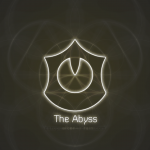
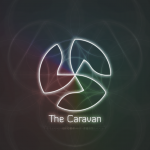

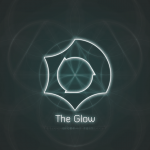
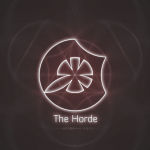
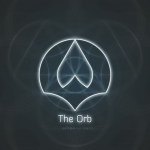

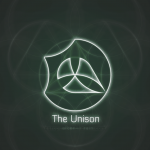
 Subscribe
Subscribe